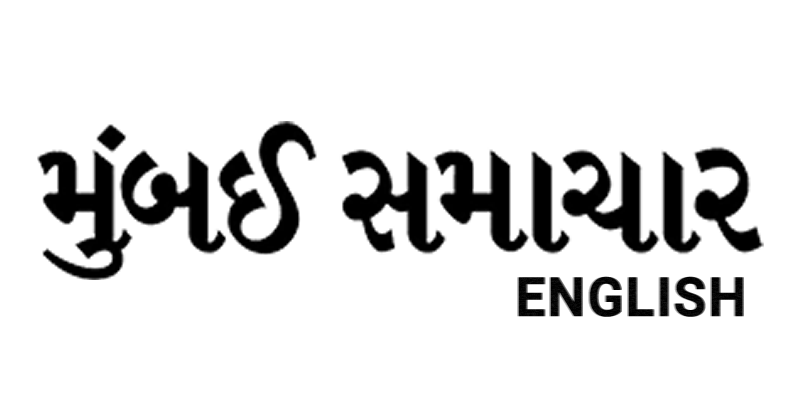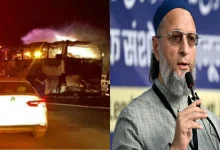3 Naxalites, Including Sniper Specialist, Killed in Bastar

In a significant blow to Maoist insurgents, security personnel clashed with a group of Left-wing extremists in Chhattisgarh’s Sukma district on Sunday, resulting in the deaths of three Naxalites, two of whom were women. The operation targeted a high-value cadre, underscoring the relentless push to dismantle rebel networks in the region’s dense forests.
The deceased included Madvi Deva, a Janmilitia commander renowned for his expertise as a sniper specialist. Deva, a long-sought Maoist operative, had a bounty of Rs 5 lakh on his head. His two companions, also women with similar rewards of Rs 5 lakh each, succumbed during the fierce exchange of fire.
The confrontation erupted within the jurisdiction of Bhejji police station, near the volatile Bhejji-Chintagufa border. Joint contingents from the District Reserve Guard (DRG), Bastar Fighters, and the Central Reserve Police Force (CRPF) had initiated a cordon-and-search mission late on November 16, prompted by precise intelligence on Maoist movements. As the forces advanced into the thick Tumalpad forest early Sunday morning, insurgents unleashed a barrage, sparking a sustained firefight that echoed through the terrain for hours.
ALSO READ : Suicide Bomber Used Vehicle-Borne IED in Red Fort Attack, NIA Investigation Confirms
Once the gunfire subsided, a thorough sweep of the area yielded the insurgents’ remains, along with a .303 rifle, a BGL grenade launcher, and substantial stockpiles of ammunition—clear indicators of the group’s tactical capabilities.
Bastar Range Inspector General Sundarraj P hailed the outcome as a milestone in the anti-Naxal campaign, noting that 233 Maoists have been eliminated across the Bastar division in 2025 alone. “Naxalism’s days are numbered,” he declared, projecting its imminent eradication from the area.
This Sukma skirmish follows closely on a November 11 raid in neighboring Bijapur district’s National Park zone, where six Maoists—three of them women—met their end. That haul included Buchanna, head of the Maddeed Area Committee, and Urmila, spouse of fugitive commander Paparao, who evaded capture once more. The fallout has prompted further defections, with Kamalu of the Bhairamgarh Area Committee and Dinesh Modiyam of the Gangalore unit surrendering to authorities. Buchanna’s elimination has left all three committees—Bhairamgarh, Gangalore, and Maddeed—without leadership, signaling a marked contraction of Maoist influence in Bijapur.
Officials report that insurgent activity now lingers in only one or two pockets within the district, a trend amplified by Union Home Minister Amit Shah’s mandate for a Naxal-free India by March 31, 2026. This deadline has galvanized operations throughout central India’s red corridors.
However, the insurgency’s tenacity endures. An estimated 300 battle-hardened Maoists persist in South Bastar’s remote woodlands, commanded by four infamous leaders—Devji, Paparao, Hidma, and Ganesh Uikey—each with a Rs 1 crore reward. While the North Sub-Zonal Bureau has crumbled, the South Sub-Zonal Bureau, spanning West Bastar, South Bastar, and the perilous Darbha valley, holds firm. These commanders and their cadre have entrenched themselves in final bastions, mounting fierce resistance.
As Chhattisgarh commemorates 25 years of state formation, the toll of this protracted struggle is stark: 3,404 firefights, 1,541 insurgents slain, 1,315 security personnel lost, and 1,817 civilians caught in the crossfire.
Recent successes—fatal encounters, high-profile surrenders, and eroding territories—point to a potential inflection point. Yet neutralizing those four pivotal commanders remains the linchpin in securing Bastar’s contested frontiers and, ultimately, resolving India’s enduring battle against Maoist rebellion.




